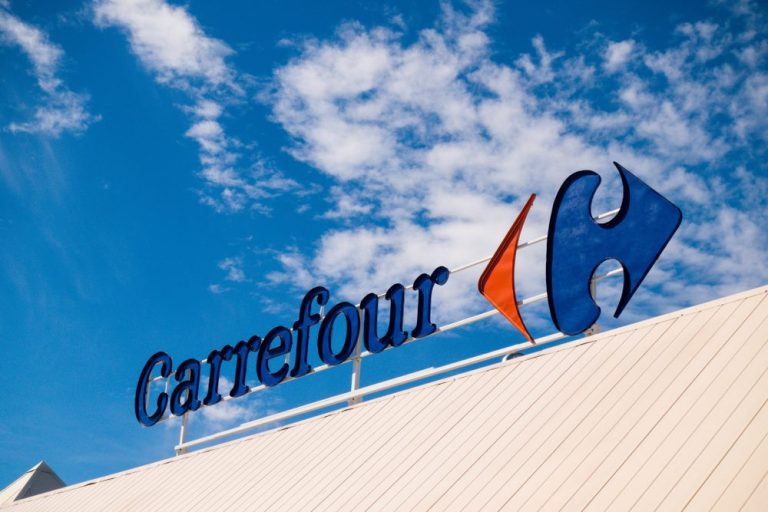Most recently, French supermarket chain Carrefour, which has more than 13,000 stores across nearly 40 countries, began testing robotic grocery delivery in Belgium, as The Brussels Times reported. The pilot is running in the Corporate Village, a complex near the country’s airport, in partnership with Turkish autonomous delivery service Delivers.ai.
Through the program, those in the complex can order via the grocer’s app to be delivered via autonomous vehicle within 15 minutes. The retailer hopes to expand the program to densely populated urban areas and in small- and mid-sized towns, touting this test of robotic grocery delivery as the “first in Europe.”
The news follows on the heels of Uber Eats expanding its robotic delivery efforts in the United States, announcing that it was bringing its partnership with autonomous vehicle creator Cartken to Miami.
The news comes as grocers and delivery services gear up for a wave of demand in coming years, as younger consumers increase their already high digital engagement. Research from the latest edition of PYMNTS’ ConnectedEconomy™ series, The ConnectedEconomy™ Monthly Report: Meet the Zillennials, which draws from a survey of nearly 4,000 U.S. consumers, finds that younger shoppers are disproportionately buying groceries online.
Specifically, 63% of Gen Z, 61% of Gen Z/millennial cuspers (a.k.a. “zillennials”), and 66% of millennials purchase groceries online. The finding is especially notable considering that the former two groups are disproportionately likely to still live in their childhood homes or with relatives, such that their grocery needs may be lower overall for now, suggesting that those shares will likely grow in the future. Fifty-four percent of Gen Z consumers and 34% of zillennials reported living with parents or siblings.
Advertisement: Scroll to Continue
Yet, while the demand for online grocery is there, as is the need to improve the economics of delivery, it remains to be seen whether sidewalk robots are a viable solution. In October, in a move first reported by Robotics 24/7, FedEx shut down its test of its Roxo same-day delivery robots.
“Although robotics and automation are key pillars of our innovation strategy, Roxo did not meet necessary near-term value requirements for DRIVE,” Sriram Krishnasamy, FedEx’s executive vice president and chief transformation officer, reportedly wrote in an internal memo.
Similarly, Amazon recently shut down its test of self-driving delivery robots, which it first rolled out in 2019, as part of an ongoing effort to reduce costs.
In an interview with PYMNTS last year, Anjali Naik, chief operating officer and co-founder of Cartken, which has worked not only with Uber Eats but also with Grubhub, explained that the company sees robotics not as a full replacement for human delivery drivers and couriers, but rather as a complement. She noted the example of college campuses, where demand is high, given younger generations’ digital engagement.
“[We’re] augmenting the current runners that they have and the volumes that Grubhub sees on the campuses,” she said. That’s really where robots fit in nicely, to shuttle food around in these short distances at those volumes. … We’ve always seen this as something that will expand traditional delivery options, having this add-on to the delivery network that we see today.”

